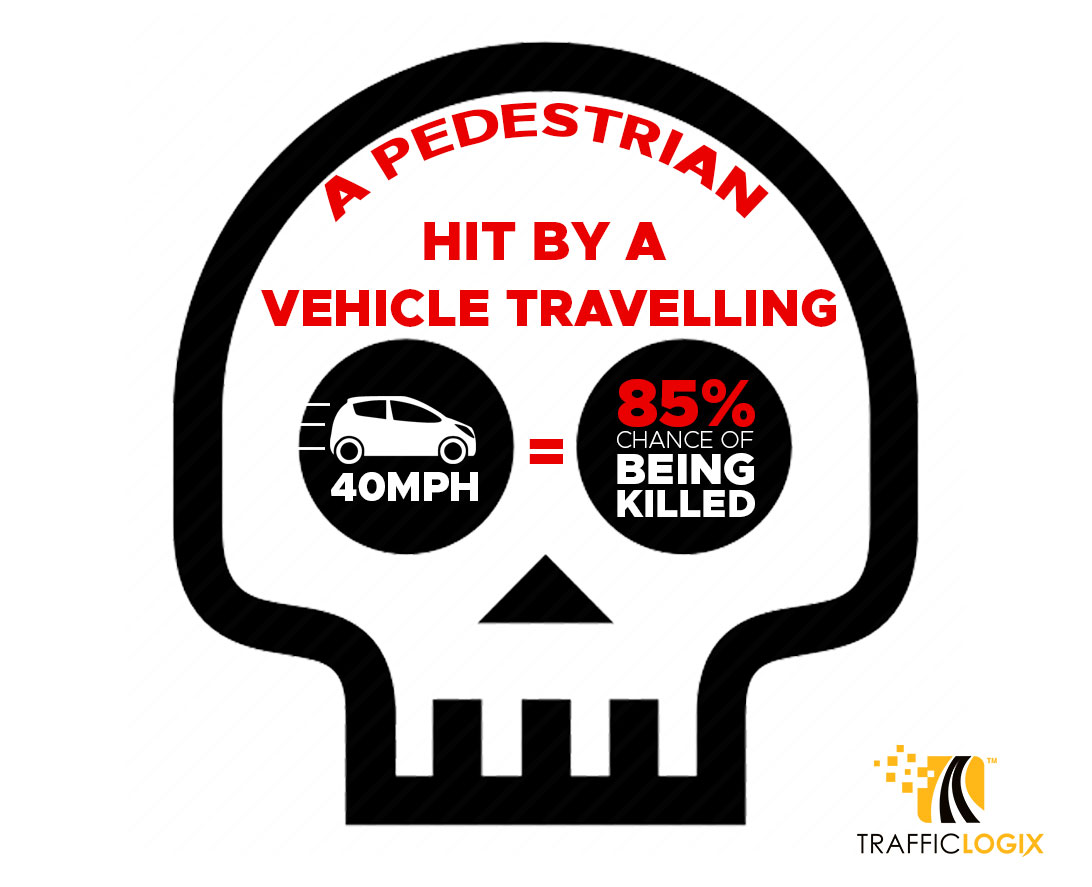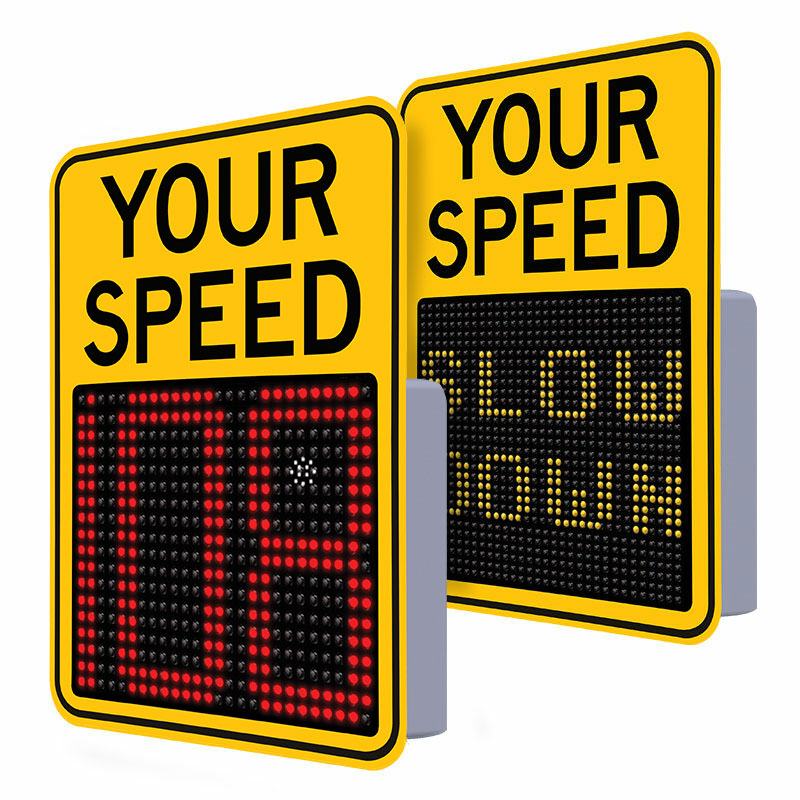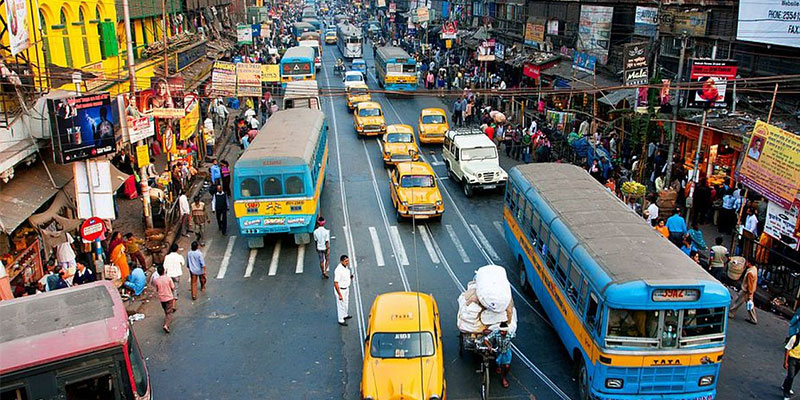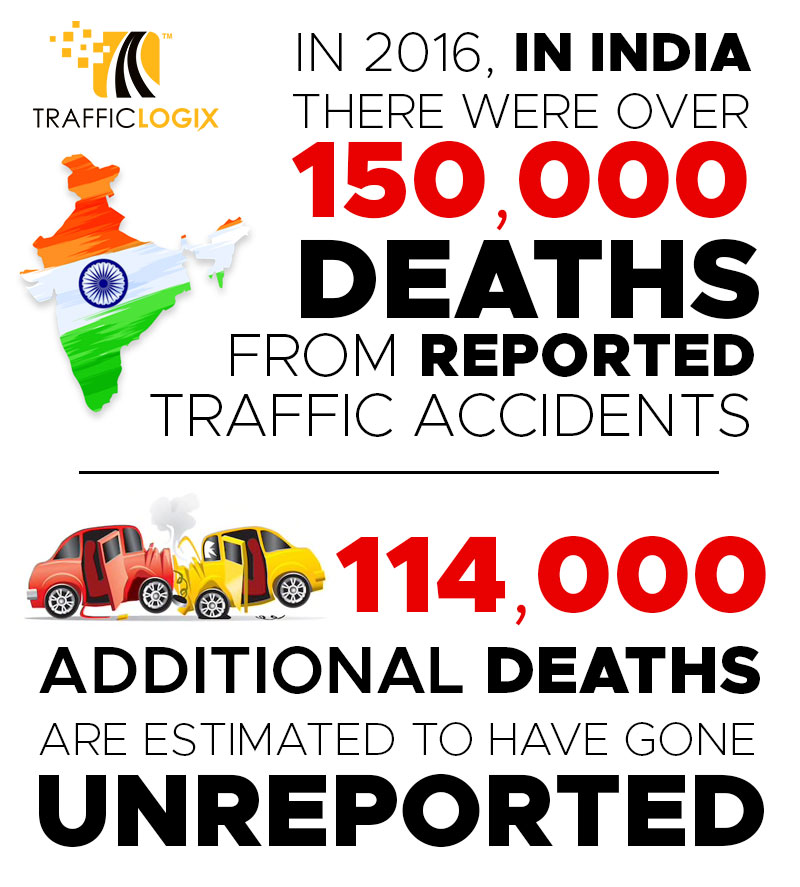Are Radar Speed Signs Successful on Indian Roads?
Almost everybody speeds on Indian roads and road speed sign-makers know this, even if motorists do not realize it. All drivers are well aware that speeding endangers lives, but does that deter them from stepping on the accelerator while driving on the highways and roads and inviting lethal situations?
The figures collected so far don’t suggest so. More than half of the road accidents in India are caused by speeding drivers. Road accidents not only affect personal lives but are also estimated to reduce India’s GDP by 3% each year, a loss that can be prevented by adopting proper road safety measures.
Speeding has long been a problem on India’s roads. In 2016 alone, there were more than 150,000 deaths reported from traffic crashes.
 There is no doubt that this trend has set alarm bells ringing for the traffic authorities. The number of fatal incidents is increasing day by day and has become a huge public health challenge for officials. What worsens this depressing scenario is that around 114,000 additional road traffic deaths were estimated as having gone unreported.
There is no doubt that this trend has set alarm bells ringing for the traffic authorities. The number of fatal incidents is increasing day by day and has become a huge public health challenge for officials. What worsens this depressing scenario is that around 114,000 additional road traffic deaths were estimated as having gone unreported.
Such a grave situation warrants not only speed management solutions but also improved road safety measures across the nation. Ever noticed those signs on the side of the roads and highways that call out the fast-moving drivers? Solutions like Traffic Logix Speed Signs, enforcement cameras, and programs like Smart Cities India are going a long way towards improving road safety across India.
As per the UK Department of Transportation, a pedestrian hit by a car travelling at 40 mph (63 km/h) has an 85% chance of being killed; at 30 mph (48 km/h), those odds decrease to 55%. So it turns out that just a small reduction in speed does affect to a large extent whether those involved in an accident live or die.
But, do radar speed signs actually work? Are they able to influence drivers to slow down? Feedback from traffic officials revealed that in areas where radar speed signs were installed, cars went from 50 mph (80 km/h) to 35 mph (56 km/h), contributing a significant drop. So speed display signs do largely work to slow down the roll.
Past studies have shown that slowing traffic down does indeed reduce the risk of fatal road crashes. Putting up of speed signs has led to reductions in speeding violations in several cities of India. Most importantly, radar speed signs are a proven traffic-calming solution. Numbers prove that motorists when warned by a radar sign do slow down 80% of the time. This is encouraging for both the traffic authorities as well as those on the roads.
So, what is it that is responsible for the successful working of these radar speed signs? Is there a science behind these feedback display signs?
Yes, there is and it involves understanding how the human brain works. There are three waves that the brain produces at its basic level — Alpha, Beta, and Theta waves. These waves cause a change in driver behavior at specific levels of the awake brain. Beta waves signify a busy brain, active in conversation; Alpha waves indicate a state of rest; and Theta waves reflect a state of functional daydream. A driver’s Theta ‘autopilot’ state must be triggered by an event or interruption to go to a Beta ‘engaged’ state.
 Strategically placed radar speed signs along the roads and highways serve as triggers. They stimulate the driver’s brain and help them to identify potential ‘danger’; that is, they transition a motorist’s brain activity from the Theta state to the Beta state.
Strategically placed radar speed signs along the roads and highways serve as triggers. They stimulate the driver’s brain and help them to identify potential ‘danger’; that is, they transition a motorist’s brain activity from the Theta state to the Beta state.
Radar speed signs are a fairly common sight on the roads and highways of most major cities of India, namely, Kolkata, Delhi, Chandigarh, and Bengaluru, to name a few. They are easy to install, are brightly lit, and can flash at drivers who speed. But do they work? In short, yes. Radar speed signs do slow cars down. And slower cars have been shown to reduce accidents and decrease impact, when and if at all, road mishaps happen. When cities use speed display signs on their roads, they can expect to see a reduction in the average speeds of vehicles, better speed limit compliance, and even a long-term reduction in the number of speeding drivers.
Traffic Logix India provides road safety solutions to address the epidemic of traffic deaths in cities across India. SafePace speed signs create awareness when drivers cross the posted speed limits. The speed signs flash to alert the speeding motorists to slow down and help make roads safer.
These solutions are helping to prevent traffic deaths every day in India. There has been a significant improvement in traffic movement on roads, and the speed signs have resulted in calming traffic movement at premier locations across the many cities where they have been successfully deployed.
A unique feature that makes SafePace signs a world leader in traffic calming signs is the presence of SafePace Cloud. This web-enabled feature helps traffic officials control the signs, access data, and adjust settings from anywhere, anytime with remote access.
With the ability to connect to and control the speed display signs from any internet-connected device, the SafePace Cloud is an extremely intelligent and innovative way of monitoring traffic. It allows users to view real-time sign data, access all sign stats from one location, download detailed traffic data and reports, set up customized alerts, change settings, and parameters, and also cut down on workforce hours. Offering users unlimited possibilities of remote management, SafePace Cloud helps you maximize what your SafePace signs can do.
Before and after studies show that radar speed signs have proved to be consistently effective at reducing speeds of vehicles by almost 10% and slowing drivers down, lowering traffic volumes on city roads, thereby leading to a safer environment for pedestrians and cyclists on roads.
Although the equipment needed to set up radar speed signs is an investment on the higher side, initially, their use has proved to be highly effective in lowering average speeds and improving road safety.







